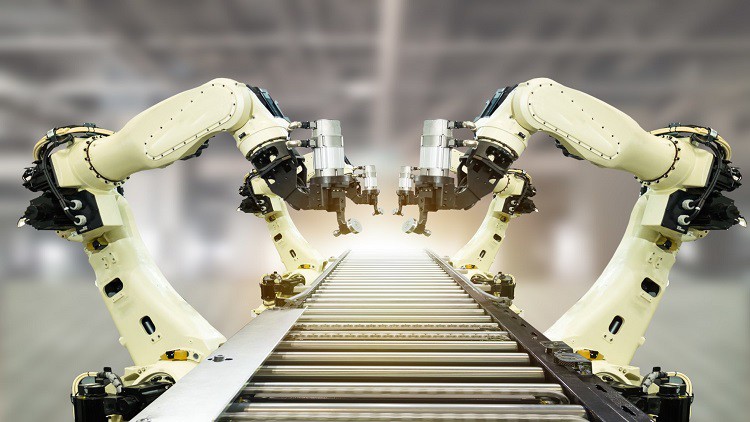
Efficient operations require a perfect balance of what systems and equipment should be used.
What you will learn
Explain Role of Systems Design in Operations Management
Describe the Goals of System Design
Explain Factors Affecting Systems Design
Explain Benefits of a Good System Design
Description
To survive in the current competitive and global environment, it is important for the organization to continuously look at ways to improve efficiency and productivity. It needs to discover a new, easy and cost-effective way of manufacturing or providing services. System design in industrial engineering plays an important role in job simplification, job design, job enrichment, value analysis/engineering, method analysis, operational analysis, etc. System design has been utilized by companies to improve productivity.
System design is the latest method employed to improve productivity. It deals with design, enhancement and setting up of engineering systems encompassing plants, machinery, in relation to the workers’ job design for maximized performance and productivity. Owing to the globalization across the world, there is a growing need for systems design because now companies face the competition on the global market on several levels. Scientific and controlled analysis of existing available methods of executing a task. Enhancing performance of mentally and physically qualified workers, and establishing it as a standard for performance measurement.
Optimum design for use of utilization of workers, plant, machinery and other resources at minimum cost. Improved productivity and enhanced employee satisfaction. Increasing efficiency of organization. A good system design enables a good job feedback. Employees have the option to vary tasks as per their personal and social needs, habits and circumstances in the workplace. Training is an integral part of system design. Contrary to the philosophy of “leave them alone’, system design lays due emphasis on training people so that they are well aware of what their job demands and how it is to be done.
System design offers good work and rest schedule by clearly defining the number of hours an individual has to spend in his/her job. System design is a continuous and ever evolving process that is aimed at helping employees make adjustments with the changes in the workplace. The end goal is improving productivity, reducing dissatisfaction, enhancing motivation, and employee safety at the workplace. Ergonomic principles can also be applied to systems design in industrial settings to develop a safer, healthier, and more productive work environment. Systems design can help provide employees and employers with the information on how to minimize risk factors by choosing the best tools and work techniques for a given task. It is a good idea to start systems design for designing operations systems by determining the product-service mix which is determined by corporate, business, and marketing strategies.
Content
